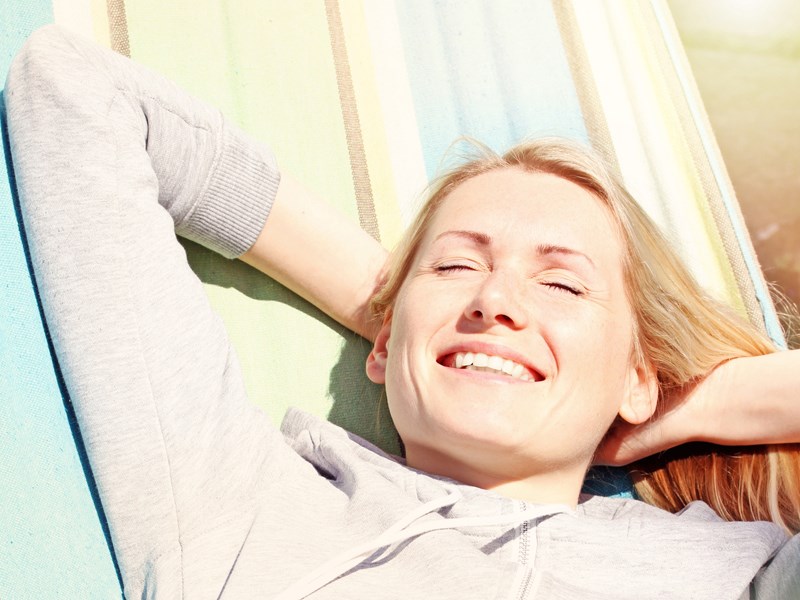Before you run out and get this season’s stock of sunscreen, consider the following: Did you know that only about three per cent of cancers may be caused by sun overexposure and 97 per cent may be related to our under-exposure, which leads to a lack of vitamin D?
Low vitamin D levels are associated with increased "all-cause mortality" and especially mortality due to cancer. Vitamin D can induce antibodies at mucosal surfaces to defend against invading viruses and bacteria, and may activate white blood cells called macrophages to behave in an anti-tumour way in order to help eradicate malignant cells. Low vitamin D is also associated with increased infections, increased pain, depressive disorders and impaired quality of life.
So, even though vitamin D is known for its role in healthy bones, it also plays a significant role in our immunity, as well as our nervous system and cardiovascular health. It is synthesized in our skin via the ultraviolet B light from the sun. Smaller amounts (much smaller) come from our diet, for example from meat, fish and eggs.
So what does all that mean for us?
Above the 49th parallel, we Canadians need to be particularly diligent at keeping our vitamin D levels at a healthy level since the sun’s rays are not penetrating the atmosphere enough to create the synthesis in our skin we need from November through April. Additionally, many of us spend the majority of our days indoors, behind glass that blocks rays responsible for vitamin D production.
Fortunately, our body can store vitamin D for several weeks, but we likely use up all of our summer stores by mid-winter. It is probably not a coincidence that our flu season falls at about that time of year and that our bones tend to ache more in winter.
In Canada, the UV index is measured between zero and 11+. In general, the UV index in Canada can be three or higher from 11 am to 3 pm between April and September, even when it's cloudy.
A UV index of three to five is considered moderate, and as we get deeper into summer that UV rating can become higher. When it gets over six we particularly have to be careful. Know your personal limit with sun exposure.
If you have fair skin, take particular care not to burn, but do not avoid sun altogether. Fortunately, you produce vitamin D quite readily since you do not have pigment “filters” to block its production.
If you have darker, pigmented skin, you have a higher need for direct sunlight exposure as your skin filters the rays more than lighter skinned folks.
Protect your most sensitive areas, including moles, scars and birthmarks as these may have more potential to burn and/or develop skin cancer.
Be aware of both topical and oral products that can make you more photosensitive, such as certain essential oils (various citrus varieties), St. John's Wort supplements and various pharmaceuticals (ask your pharmacist).
Take extreme caution with your quality of sunscreen. Avoid unnecessary chemicals that are likely be more cancer-causing than the sun.
Consider natural oils such as avocado oil (up to SPF15) and red raspberry seed oil (up to SPF50), which have fairly high SPF protection.
Consider taking oral vitamin D supplements (D3 from lanolin) during the low sunlight months of the year, particularly if you have dark skin. Do not treat vitamin D supplements as a replacement for sunlight, as it is only one of the sun's many advantages.
So, the safest, unbiased and evidence-based advice it to get out into the sunshine (and fresh air) on a regular basis, taking extra care at the peak times of day between 10 am and 2 pm, but do not completely avoid those times either. Just sit back, relax and take in all the benefits the sunshine has to offer, without the burn.
Lisa Marie Bhattacharya is a registered holistic nutritionist, mother, nutritional consultant, freelance writer and employee at Kelly's Health Shop.



